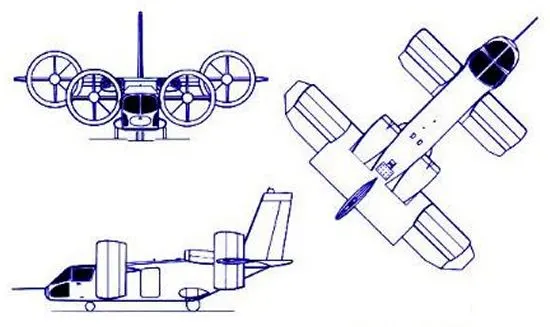When the era of jet propulsion began, so did a new challenge: mastering vertical take-off and landing. While many early VTOL aircraft were notoriously difficult to fly, the U.S. Navy sought a different path with the Bell X-22.
Instead of relying on raw thrust or massive tiltrotors, this experimental aircraft featured a peculiar yet groundbreaking design with four tilting ducted fans.
It was a bold gamble on a new concept, a true flying laboratory that looked to solve the vertical flight puzzle in its own unique and fascinating way.
The Revolutionary Four-Fan System
The most striking feature of the Bell X-22 was its unique propulsion layout. Unlike most VTOL prototypes of its time, it didn’t use a single large rotor or jet nozzles. Instead, it was powered by four ducted propellers housed in circular shrouds, positioned on the wing tips and tailplane.
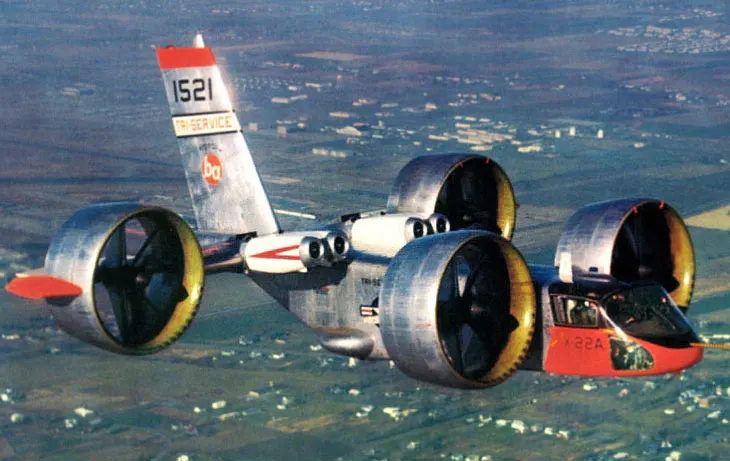
Each fan was driven by interconnected General Electric YT58 turboshaft engines, so if one engine failed, the others could keep all four fans turning.
The shrouds increased efficiency and offered an extra measure of safety by enclosing the blades. This innovative four-fan design gave the X-22 the ability to take off and land vertically, hover, and transition to forward flight — all while exploring a novel approach to VTOL aerodynamics and control.
A Dedicated “Flying Laboratory”
The Bell X-22 wasn’t built for combat or transport; it was built purely for research. As a dedicated X-plane for the U.S. Navy, its mission was to explore the fundamental principles of vertical and short take-off and landing (VTOL/STOL) flight. It provided engineers and pilots with valuable data on transition flight, ducted fan performance, and control systems.
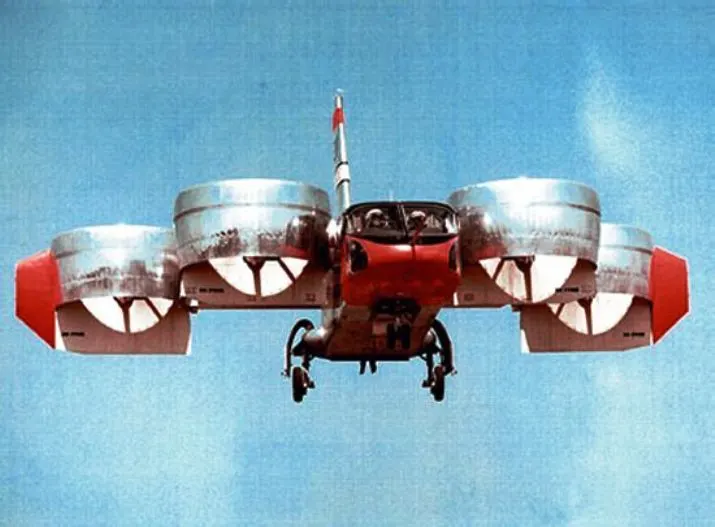
Though it never went into production, the X-22’s role as a flying laboratory made it a vital step in advancing vertical flight technology.
Handling That Surprised Test Pilots
Despite its unusual appearance, the X-22 earned a reputation for being more stable and predictable than many of its VTOL contemporaries. The critical transition from hover to forward flight — a phase that had doomed other experimental aircraft — was comparatively manageable in the X-22.
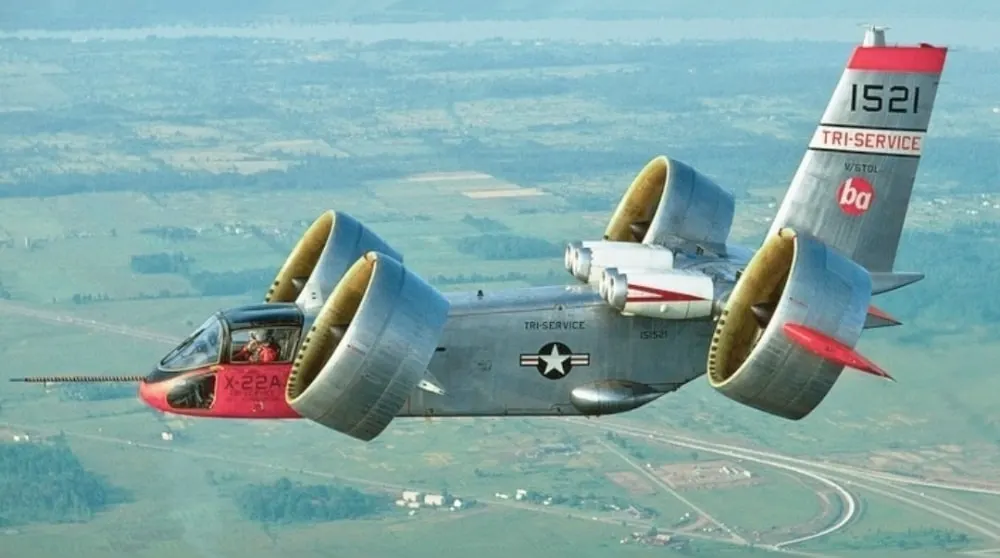
Test pilots noted that it was responsive and controllable, qualities not always found in the era’s experimental VTOL machines.
Advanced Control Systems
The complex aerodynamics of the four ducted fans required a control system far beyond simple cables and pulleys. The X-22 used an electrically boosted and mechanically signaled control system with stability augmentation, allowing constant fine-tuning of the fans to maintain balance and responsiveness.
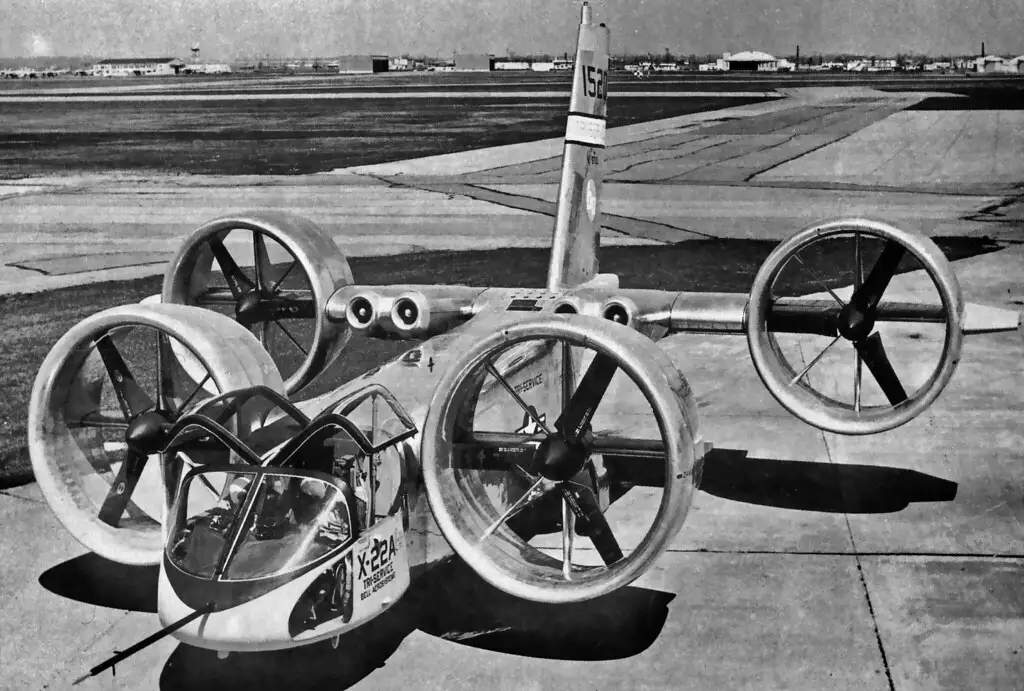
While not a true “fly-by-wire” system in the modern sense, it represented a significant step toward the sophisticated control technologies that later aircraft would adopt.
A Legacy in Vertical Flight Research
Although the Bell X-22 was retired after its research missions were complete, its influence lived on in the field of powered-lift aircraft. The data gathered on transition flight, ducted fans, and stability helped shape the broader body of VTOL research.
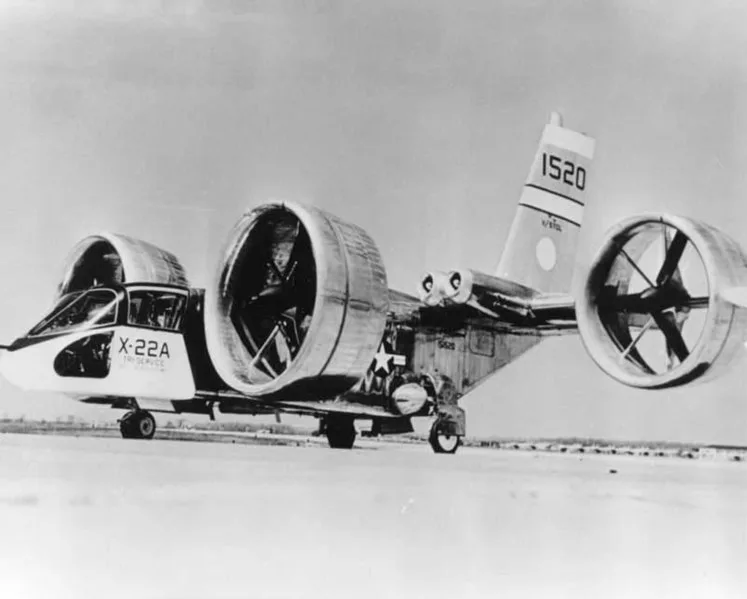
While the later V-22 Osprey came from a separate line of tiltrotor development, the X-22 contributed to the knowledge base that informed follow-on projects like the Bell XV-15 — a direct ancestor of the Osprey.
The Bell X-22 stands as a fascinating example of bold aeronautical experimentation. As a dedicated research aircraft, it was never destined for production, yet its four-fan design and advanced control systems proved that even unconventional approaches could yield valuable breakthroughs. Its legacy continues in the principles it helped validate, reminding us that in aviation, the oddballs often teach us the most.
What do you find most interesting about this forgotten X-plane? Share your thoughts below and check out our other aviation articles!
| Specification | Details |
|---|---|
| Role | Experimental VTOL research aircraft |
| Manufacturer | Bell Aerospace / Bell Helicopters |
| First Flight | 17 March 1966 |
| Number Built | 2 (one lost in 1966, one preserved) |
| Length | ~39.6 ft (12.06 m) |
| Wingspan | ~23 ft (front ducts) / ~39 ft (rear ducts) |
| Height | ~20.7 ft (6.3 m) |
| Engines | 4 × GE YT58-GE-8D turboshafts (≈1,250 hp each) |
| Max Speed (level) | ~315 mph (510 km/h) |
| Range | ~385 nm (715 km) |
| Service Ceiling | ~27,800 ft (8,500 m) |
| Test Flights Logged | Over 500 flights and ~280 hours of flight time |
| End of Program | Retired mid-1980s; surviving prototype stored at Niagara Aerospace Museum |
